Bach’s iconic St Matthew Passion heard through Romantic ears in a recreation of the concert that sparked the 19th-century Bach revival. The Australian Romantic & Classical Orchestra, led from the violin by Rachael Beesley, partnered with Sydney Philharmonia Choirs conducted by Elizabeth Scott in an illuminating performance of Mendelssohn’s 1841 version – Australia’s first-ever on rare historical instruments on Thursday 17 April in ARCO’s Sydney Opera House debut.
EVENT OVER
ARTISTS
Elizabeth Scott, conductor
Penelope Mills, soprano
Emily Edmonds, mezzo-soprano
Andrew Goodwin, tenor (Evangelist)
Teddy Tahu Rhodes, baritone (Christus)
Andrew O’Connor, bass
Sydney Philharmonia Choirs: VOX and Chamber Singers
Australian Romantic & Classical Orchestra, led from the violin by Rachael Beesley
A world without the music of Johann Sebastian Bach seems unimaginable. But it wasn’t always so. After his death, Bach was largely forgotten, of purely academic interest, until an enthusiastic young composer, Felix Mendelssohn, decided to revive his reputation. And he did it with a monumental performance of the St Matthew Passion, a century after its premiere in 18th-century Leipzig.
In this Australian premiere, we’re performing Mendelssohn’s version of this masterwork, transformed for 19th-century audiences and Romantic ears – and for the first time in Australia, on period instruments with historically informed performance. This version is shorter with a tighter narrative, but expanded in volume and colour. It includes sounds Bach might only have imagined, with clarinets and basset horns added to the orchestra, a substantial organ part, and richer textures. It’s beautiful Baroque, lightly painted with lush Romantic colours.
This is a rare opportunity to experience, two centuries on, how another generation of music lovers came to discover the genius of Bach.
FREE PRE-CONCERT TALK
Come to the Northern Foyer at 6pm to hear Nicole van Bruggen, Co-Artistic Director & General Manager of the Australian Romantic & Classical Orchestra, and clarinettist in this concert, in conversation with 2MBS Fine Music presenter Peter Poole speak about the music this program. Grab a drink at the bar and enjoy this free, 30-minute talk, with plenty of time to find your seat for the 7pm concert.
Seating is on the carpeted stairs in the Northern Foyer. Some chairs may be available on a first-come basis.
Access the Northern Foyer via the new tunnel from the Southern Foyer.
EVENT NOW OVER
Thanks to our media partner 2MBS Fine Music
DEEP DIVE
Q: What makes this Mendelssohn 1841 version different from Bach?
It’s shorter. When Mendelssohn first revived Bach’s long-lost masterpiece, he cut ten arias, six chorales and some of the Evangelist’s part, halving the three-hour length of the massive Baroque work. Performing it again in Bach’s own church in Leipzig in 1841, he restored some movements, but our performance will still be one hour shorter than Bach’s. This tighter narrative increases the tension and drama.
Basset horns! Bach originally scored his woodwind parts for flutes, bassoons, oboe d’amore and oboe da caccia, two rare forms of early oboes that had died out by 1841. Instead, Mendelssohn had the gorgeous sound of the basset horn, a quirky, extra-long, L-shaped clarinet invented in the 1760s. Our musicians will be playing historical replicas of this instrument – the only two such in Australia, and played very rarely. What a treat!
Organ only. Bach’s original performance is thought to have utilised two organs and harpsichord, to support the two orchestras plus extra boys’ choir. Mendelssohn first performed the work from the piano, but reverted to organ in 1841 – as we will do.
Romantic sounds. Instruments of the 1840s sounded very different to those in Bach’s time – bigger, louder – but they also were quite different to 21st-century instruments, still using gut strings, fewer woodwind keys and unique tonal timbres. That’s what we’ll be playing as well.
Romantic expression. Both choir and orchestra will also use 19th-century expressive techniques like portamento (gliding between notes) and tempo rubato (varying the timing for heightened drama), just as Mendelssohn would have done. Says Neal Peres Da Costa, artistic advisor to the Australian Romantic & Classical Orchestra and organist for the St Matthew Passion: “In this time period, reading beyond the music notation is essential if we are to produce interpretations that breathe life and expression into the musical artwork in ways that composers undoubtedly expected.” We research early scores, historical recordings and even actors of the time to create that lush sound-world – so different from both Bach and today.




